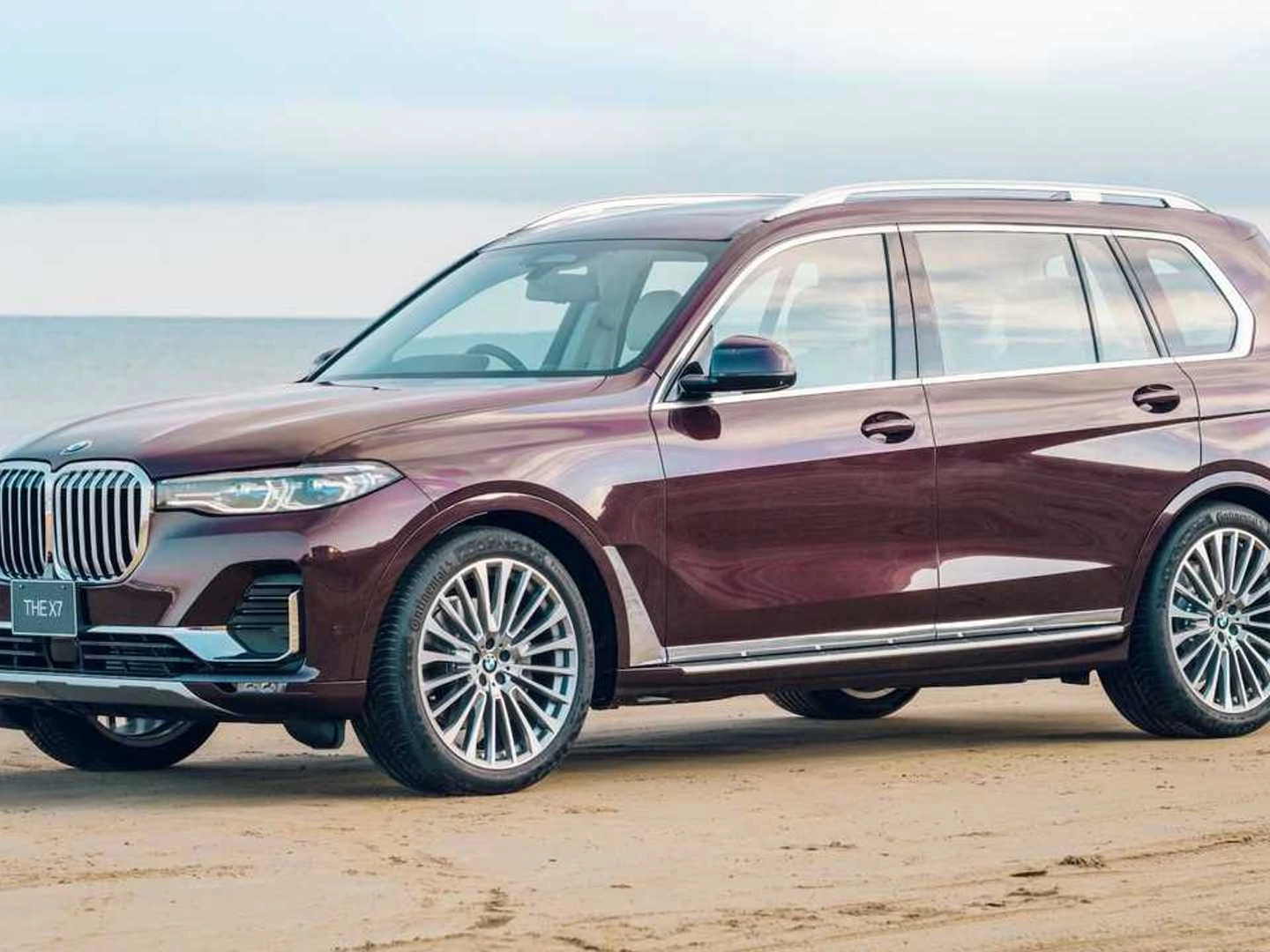Inside Russia’s Surprising BMW X7 Boom That Outpaced German High-End SUV Sales

Russian Buyers Outpace Germany in High-End SUV Market: A Closer Look at the Surge of BMW X7 Acquisitions
Unexpected Leadership in Premium SUV Demand
In a surprising turn, recent market data show that a significant number of buyers in Russia opted for the flagship BMW X7, overtaking traditional European demand. While Germany typically sets the benchmark for German luxury car consumption, numbers indicate that last year, more individuals in Russia purchased this large luxury SUV than their counterparts in the model’s native market. The figures paint a striking landscape: 3,504 units found new owners in Russia compared to 3,323 in Germany within the same period.
This shift is particularly notable considering the logistical hurdles faced by buyers. In cities throughout Germany, the process of acquiring this vehicle remains straightforward—one can walk into any dealership and select a preferred specification with minimal wait. The Russian market, by contrast, operates under stricter constraints. Due to regulatory changes, direct dealership supply interruptions, and added logistical complexities, each unit typically requires ordering from abroad. This dynamic means customers often face extended delivery windows and additional bureaucratic procedures, which has not hampered their enthusiasm.
Price disparity adds another dimension to the story. The listed starting price for this luxury SUV in Germany is €88,000, equivalent to about 8 million rubles. In Russia, final delivered prices soar to far higher levels—starting at no less than 15 million rubles. The increase stems from a combination of import markups, currency fluctuations, and additional intermediary costs. Nevertheless, the willingness to pay this premium—and to navigate a more complex import process—underscores a persistent and growing appetite among affluent Russian consumers.
Market Dynamics Behind the Unexpected Shift
Understanding the deeper context involves more than a simple comparison of sales statistics. Over the past several years, the local market for imported premium vehicles has adapted quickly to changing supply chain realities. Even as certain luxury brands announced the suspension of direct shipments and manufacturing after shifting geopolitical events, Russia has seen a rise in parallel import networks and resale channels. These alternative avenues ensure ongoing access to top-tier vehicles for consumers willing to meet higher prices and longer acquisition timelines. The robust demand for this luxury model, despite these frictions, suggests an evolving consumer profile and a distinct cultural appetite for exclusive, status-signaling vehicles.
Within Germany, consistent manufacturer support and broad dealership presence ensure smooth, rapid fulfillment for new and returning customers. In contrast, the Russian buyer is often required to demonstrate more patience and flexibility. Importants factors—such as fluctuating exchange rates, dealership service limitations, and extensive paperwork—add layers of complexity to each purchase. Yet, the sales figures reveal that for a rising segment of wealthy Russian buyers, such inconveniences are negligible compared to the perceived benefits of vehicle ownership.
The inclination to pay above-market prices defies many economic conventions. It highlights the prioritization of brand, exclusivity, and luxury in key sectors of the Russian auto market. The behavior also reveals how affluent buyers are willing to absorb costs that would deter less motivated purchasers, supporting a vibrant parallel ecosystem for automotive imports. It is a testament to the enduring allure of iconic badges among high-net-worth individuals in Russia and reflects a broader pattern of evolving consumption in emerging luxury markets.
Cultural and Economic Implications
The development carries significant implications for the luxury vehicle sector and signals a strong preference for flagship models over more accessible alternatives. Unlike mass-market buyers, individuals in this segment often focus on vehicles that serve as symbols of status and success, regardless of pragmatic concerns such as cost efficiency or logistical convenience. For brands, this provides a lesson in the resilience of demand, even when traditional supply chains are disrupted or operational models must adapt to new realities.
Additionally, the surge in demand for flagship SUVs among Russian buyers offers insight into broader trends in consumer behavior. As economic profiles in the country diversify, there is increasing competition to stand out in a crowded market. Ownership of rare, imported luxury vehicles becomes part of a larger narrative about personal achievement and distinction. Simultaneously, the German market—where such models are far more affordable and accessible—shows the effects of market maturity, with buyers possibly distributing spending across a wider range of high-end products.
What emerges is a nuanced picture of global luxury consumption, shaped as much by cultural attitudes as by economic circumstances. In this segment, practical factors like accessibility and cost appear secondary to the emotional and social fulfillment that comes with owning one of the most coveted symbols of automotive prestige.
Defining a New Era in Luxury Automotive Trends
This market phenomenon underscores a recalibration of expectations in luxury automotive sales worldwide. Enthusiasts in Russia, motivated by a blend of aspiration, affluence, and the desire for exclusivity, have set a new benchmark for high-value SUV purchases. Their willingness to overcome obstacles—be they higher prices, extended delivery times, or added bureaucratic requirements—suggests a continued upward trajectory for demand, at least within select urban centers and among influential consumer groups.
Meanwhile, the persistent accessibility and competitive pricing in Germany reflect a different stage of the product’s lifecycle, where options are extensive, and the thrill of scarcity is less pronounced. Future shifts in policy or supply may alter this balance, but for now, the Russian market’s drive for prestige vehicles is unmistakably strong, shaping the global narrative around luxury car ownership.
The underlying dynamics at play illustrate a broader reality: even in regions marked by uncertainty and complexity, appetite for premium mobility continues to grow. For manufacturers and market analysts alike, these developments warrant close attention, as they offer critical lessons in consumer psychology, international trade, and the ongoing evolution of luxury branding in an interconnected world.
